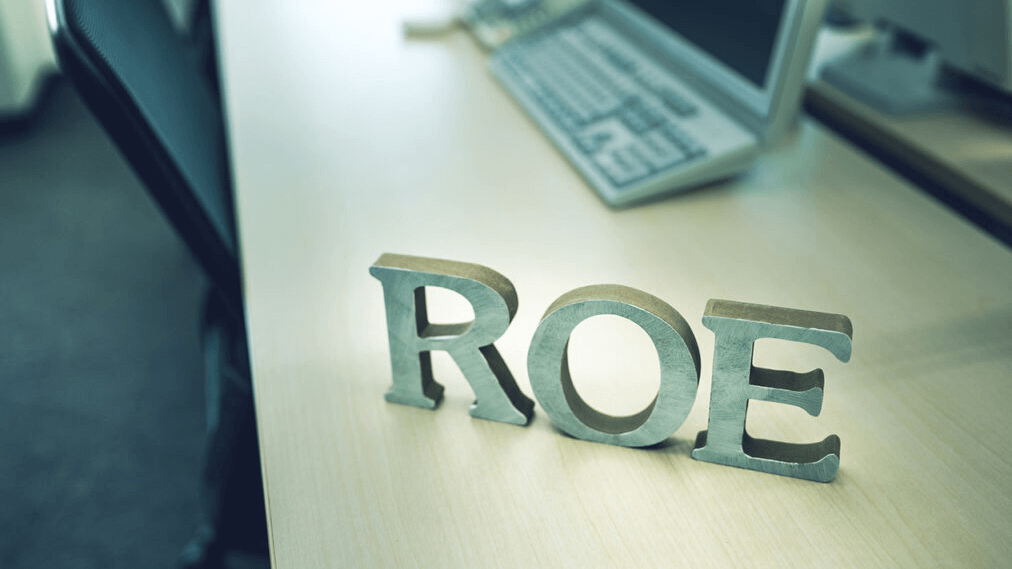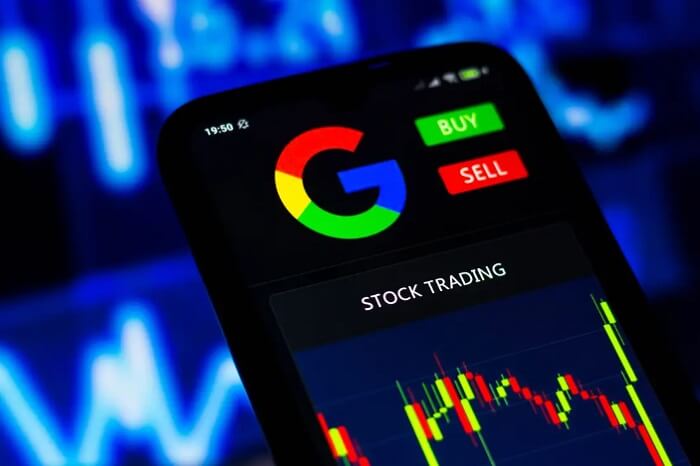What does the roe indicator mean?
2023-11-06 Summary:
Summary:
The ROE metric is the return on shareholders' equity, which is used to measure the company's profitability and shareholder value creation ability. A higher ROE is usually considered good but must be considered along with industry standards.
I'm sure everyone who has been in the stock market for a while knows who Mr. Cold Eyes and Warren Buffett, the stock god, are, right? They are typical value investors, and one of their favorite financial indicators is Roe. To understand the overall operation of any listed company, we have to look at three aspects: the company's repayment ability, operating ability, and profitability. One of the methods and indicators used to determine the profitability of a company is the return on equity.
Warren Buffett once said that if I had to use one indicator for stock selection, I would choose Roe, and those companies whose Roe is consistently above 20% year after year are good companies that investors should buy.

What does the ROE indicator mean?
ROE stands for return on equity and is simply an important indicator of how much a company is paying back to its shareholders and how profitable it is. It is calculated by dividing a company's net interest rate by the amount of equity invested.
Formula for ROE indicator: ROE = (Net Profit / Shareholders' Equity) x 100
Net profit represents the net earnings of a company over a specific period of time, usually after deducting all expenses, taxes, and interest.
Shareholders' equity is the net worth of the business, i.e., total assets minus total liabilities. It represents the portion of shareholders' equity in the business.
It is expressed as a percentage and is often used to measure the profitability of a business and the effectiveness of shareholder value creation. In other words, if you invest in a company with a ROE of 10%, it means that the company has taken your money and made a 10% profit for you. The higher the Roe, the more profit the company can make for you.
| Indicator | Calculation formula | Description |
| Net Profit | Net profit for the specified period | Net profit is the total earnings of a business |
| Shareholders' Equity | Total Assets - Total Liabilities | The portion of shareholders' equity in a business. |
| ROE | ROE = Shareholders' Equity x 100 | Higher ROE is more valuable to shareholders |
Is a higher roe metric better?
It can be, but not necessarily. One must keep in mind that a higher ROE for a company does not mean higher profitability.
First of all, different industries have different regulatory standards. Some industries usually have a higher ROE because they don't require much investment in assets, such as information companies. There are some industries that require a lot of infrastructure to generate profitability, such as oil refineries. Therefore, we cannot judge a company's profitability by ROA alone.
If a company has a high ROA, it usually attracts a lot of "fly-by-night" industries, making it difficult to keep the ROA at that level.
The use of leverage (debt capital) by some companies may lead to an increase in ROE, as leverage can increase the return on shareholders' equity. However, high leverage also comes with higher risk, and a high ROE may not be a good sign if the firm is not able to manage its debt effectively. It is also important to observe the time trend of ROE; a long-term stable high ROE shows the sustained profitability of the company.
To summarize simply, it is better to choose a company with a relatively high and stable ROE so that the long-term rate of return is guaranteed.
What is the ROE indicator for a good stock?
A good ROE (return on equity) value is usually relative and depends on a number of factors, including the industry, the specifics of the company, and the investor's objectives. In general, a high ROE is often seen as a sign that a company is performing better, but it is still important to determine what is considered a good ROE based on industry standards, company-specific circumstances, investment objectives, and other factors.
So which are some of the better companies to consider for investment? Here are some figures for your reference: A company in the 10% to 15% range is considered average, 15% to 20% is considered outstanding, and 20% to 30% is considered excellent.
| Position | Description |
| Annual Reports | In a business's annual report. |
| Financial Statements | In business financial statements, such as income statements. |
| Financial Websites and Tools | Such as Yahoo Finance, Bloomberg, Reuters, etc. |
The proper use of the roe indicator
The proper use of return on equity requires a number of factors to be considered to ensure that it provides accurate information.
First, it is important to understand the meaning of the ROE indication, which represents a company's ability to create value for its shareholders. Thus, a higher ROE usually indicates higher shareholder value creation. This is then used to compare performance between companies in the same industry or type of business. ROE criteria can vary from industry to industry, so comparing them with competitors can provide useful information.
The time trend of ROE is then looked at to see how companies have performed over time. A stable high ROE over a long period of time is more attractive than a short-term high ROE because it shows the sustained profitability of the business. It is important to realize that ROE can also be broken down into other metrics, such as net profit margin and asset turnover. Parsing them apart can lead to factors that cause ROE to rise or fall.
ROE can be affected by leverage, especially when a business uses debt capital. Therefore, a high ROE does not necessarily indicate that the business is performing well, but it may also increase risk due to high leverage. Therefore, ensure that companies are able to maintain financial soundness and avoid unnecessary risks while pursuing a high ROE.
Of course, the ROE indicator is very important, but definitely not the only indicator, or we need to cooperate with other indicators to screen for investment in products. For example, gross profit margin, net profit margin, cash flow, price/earnings ratio (P/E ratio), etc., in order to obtain a more comprehensive picture.
Disclaimer: This material is for general information purposes only and is not intended as (and should not be considered to be) financial, investment, or other advice on which reliance should be placed. No opinion given in the material constitutes a recommendation by EBC or the author that any particular investment, security, transaction, or investment strategy is suitable for any specific person.

Google Stock Assessment and Investment Outlook
Google stock shows diverse operations and robust finances, offering immense investment potential. Investors consider the ad, AI, and cloud sectors.
2024-06-07
Quantitative trading pros and cons and finesse
Quantitative trading uses math models and big data for systematic trading. Despite its efficiency, it faces tech hurdles and data quality issues.
2024-06-07
Simons' finance feat and quantitative strategy
Simons applied math to finance, founded Renaissance Technologies, excelled in high-frequency trading, and made Grand Prix Fund a top hedge fund.
2024-06-07




